I never quite felt comfortable sneaking through the streets of Shibuya in Ghostwire: Tokyo. The tension remained sharp, and I consistently felt that I had to remain vigilant, battling supernatural Visitors as main characters Akito and the spirit KK, who was riding shotgun in Akito’s body. The suspense was a welcome surprise fueled by the immersive sounds, key vibrations, and the game’s meticulous combat all played a part, rather than relying on grotesque sights of blood or gore. What helped tie in everything together was the PlayStation 5’s adaptive triggers and speaker to make it all possible.
Although the exploration and collectibles were overwhelming and, at times, the game’s weakest part, Ghostwire’s combat, and the main story made up for it with a satisfying tale wrapped up in remarkable visuals.
Release the spirits
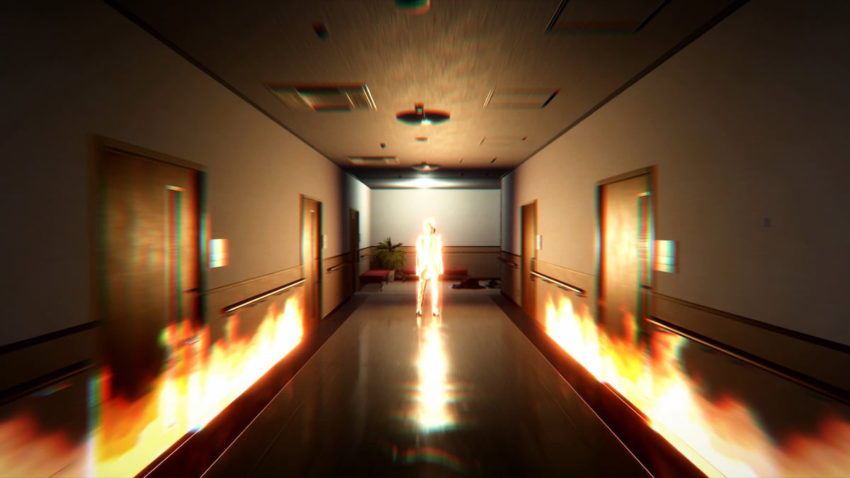
Ghostwire begins with a mysterious fog overtaking the city, causing everyone inside it to become spirits. Simultaneously, our main character Akito crashes his motorcycle, barely surviving. Meanwhile, KK’s spirit seeks a body to possess. Believing Akito to be dead, he aims for him. Upon discovering Akito is still alive, KK can only control a limited part of Akito’s right side, indicated by a smokey black aura over Akito’s eye. Within seconds, we’re straight into the action with these two battling against a handful of Visitors as they slink into the deserted city.
The mastermind behind the fog and the visitors is merely known as Hannya, based on the mask he wears throughout the story. Hannya plans to use the spirits he’s gathered up in the fog to fuel a spell, with Akito’s sister at the center of it. Throughout the first part of the game, the reason for all of this is slowly explained, along with Akito’s internal struggle of coming to terms with his parents’ death, distancing himself from his sister. Learning these details is a slow process in an otherwise quick-paced tale as we discover Akito and Hannya’s connection. Still, the ending provided a satisfying conclusion to that narrative focusing on life and the natural fear of death.
A small problem with the story is how accelerated all of these elements felt going into the ending. So much of the emotional payoff comes in the las t hour. I would have appreciated seeing more sentimental moments of Akito and KK’s development to further sympathize with them. Despite how quickly everything melded together, Ghostwire’s story had a lot more to say than I initially expected about life, death, dealing with grief, and how that grief resonates with others. I understood Akito coming to terms with his parent’s death and coming to terms with dealing with grief, but would have enjoyed seeing more of it throughout the chapters rather than all of it occurring at the end.
One with the elements
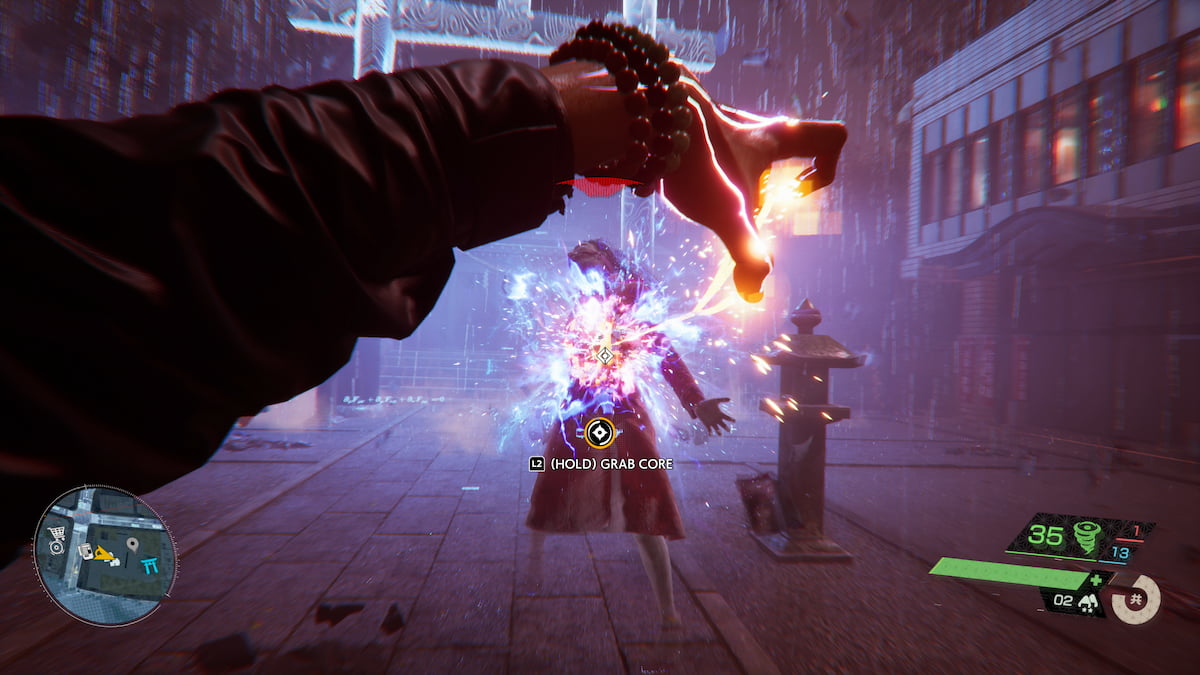
Throughout the story, Akito does not have any conventional weaponry, except for a bow. Instead, he relies on KK’s Spirit Weaving powers that allow him to use Air, Fire, and Water spells that make for satisfying combat sequences without feeling too much like a modern shooter. If anything, the combat felt like a ranged brawler where I had to time my attacks accordingly and ensure I was aware of my surroundings to avoid being trapped.
I reviewed Ghostwire on a PlayStation 5, and the controller played a prominent role in and out of combat. Before a fight broke out, the controller would play a distinct sound indicating a Visitor was in range. An internal sense of tension quickly accompanied the sound; I’d crouch down and spend the next few seconds zeroing in on the impending target before planning my next move, thankful for some warning time.
When combat did happen, the structure of it felt heavy, and the attacks were weighty. Every shot counted and watching a Visitor build up in damage as I continued to land accurate hits felt satisfying. With no way to dodge, you’re only left with the option to fire spells or perfectly block attacks. The perfect block requires precise timing that makes landing them strategic. They turn even basic encounters into difficult situations if performed improperly.
The PlayStation 5 controller continued to provide a small level of immersion during combat. While charging or using a spell, a distinct vibration plays before unleashing it against an enemy. The adaptive trigger will softly vibrate while an idle spell hovers above Akito’s fingers and becomes heavy between bursts amidst a firefight. The controller also gives off a small ‘whooshing’ sound when a spell is used, changing if it’s Air, Water, or Fire. Without the controller, the battle flow in Ghostwire is still there, but it wouldn’t have been the same without these little details.
Busy streets
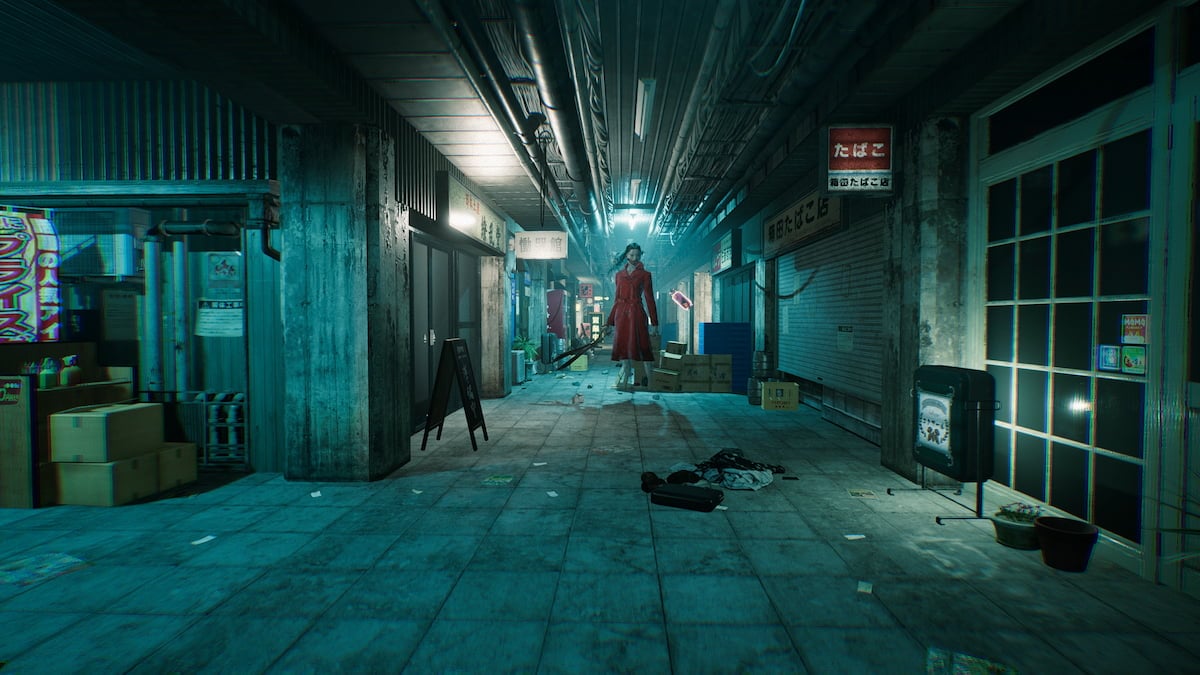
Despite being a deserted city, there’s a lot for you to do and explore in Ghostwire. The weakest element for Ghostwire are these open-world elements and exploration options. As you progress through the story, you’ll be cleansing Torii gates to remove fog from parts of the city, unlocking more side missions and collectibles. None of this side content is required to continue the Ghostwire story, which is a welcome relief in a world bogged down by side adventures. However, it’s poorly represented on the game’s larger map and can easily feel overwhelming.
You have side missions, collectible relics, different Yokai to hunt down, and all of the spirits released in the fog you can collect. Finishing any of these is not required, and outside of a distinct side mission, they are available to you after you conclude the game. However, the sheer amount of them easily feel like a burden, and they don’t directly influence the ending. Ghostwire is not an RPG with choices. The side content is fun when you need a break from the main story, but offers little impact.
The verdict
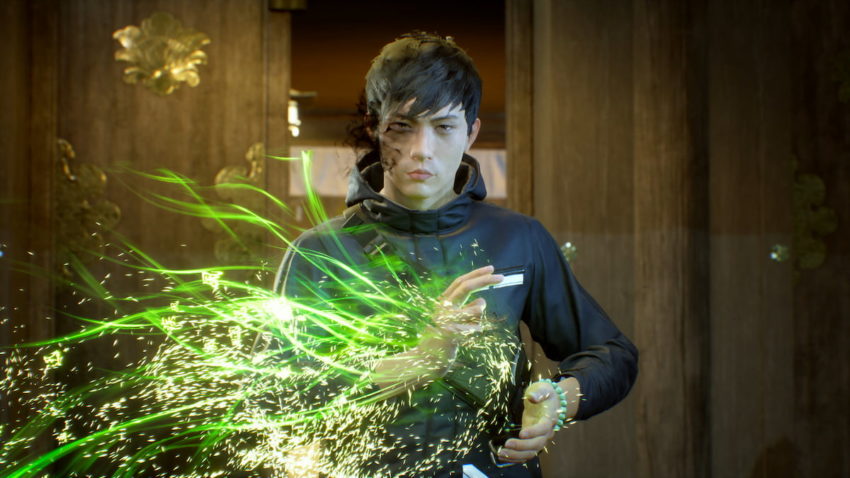
Ghostwire: Tokyo’s story was brief and satisfying, with gorgeous visuals from beginning to end. Although I would have liked more time to explore the family problems both Akito and KK shared to look deeper into their characterization. The story implies that Akito ran from confronting his parents’ death with his sister, but viewing is an entirely different experience that would have hit far better. Despite these missteps, their story carried off beautifully. I wanted to jump right back in as soon as the credits rolled if only to continue enjoying the spirit-brawling combat in the streets of Shibuya.
Final Score:
8.5 / 10
| + | Gorgeous visuals that make combat and story beats pop |
| + | Engaging combat that strays far from traditional shooters |
| + | An enriching story that provides a satisfying conclusion |
| – | Over-encumbered overworld content outside of the main story |
| – | Could use more character development from Akito and KK |
Gamepur team received a PlayStation code for the purpose of this review.

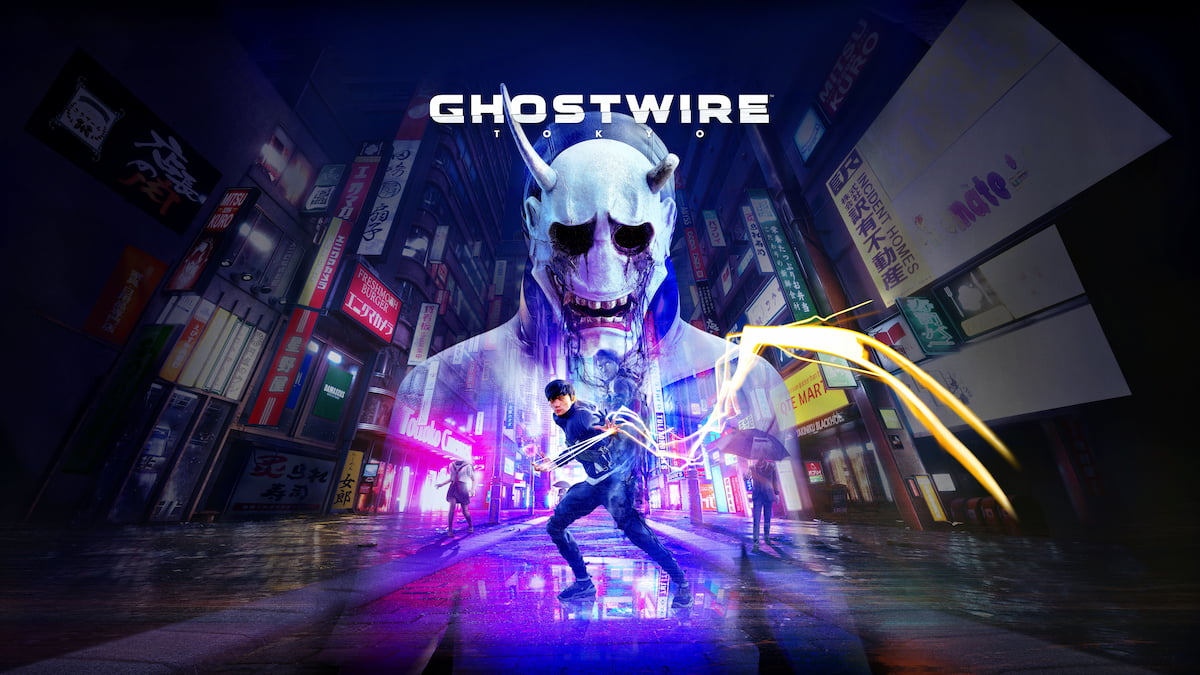
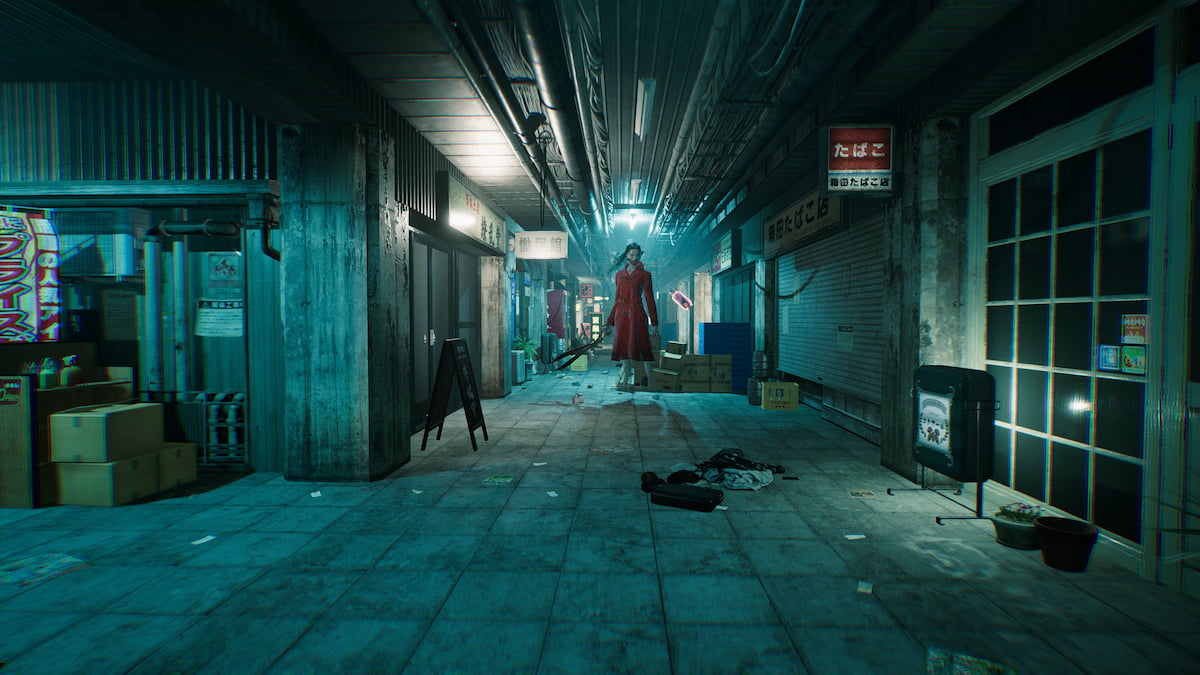
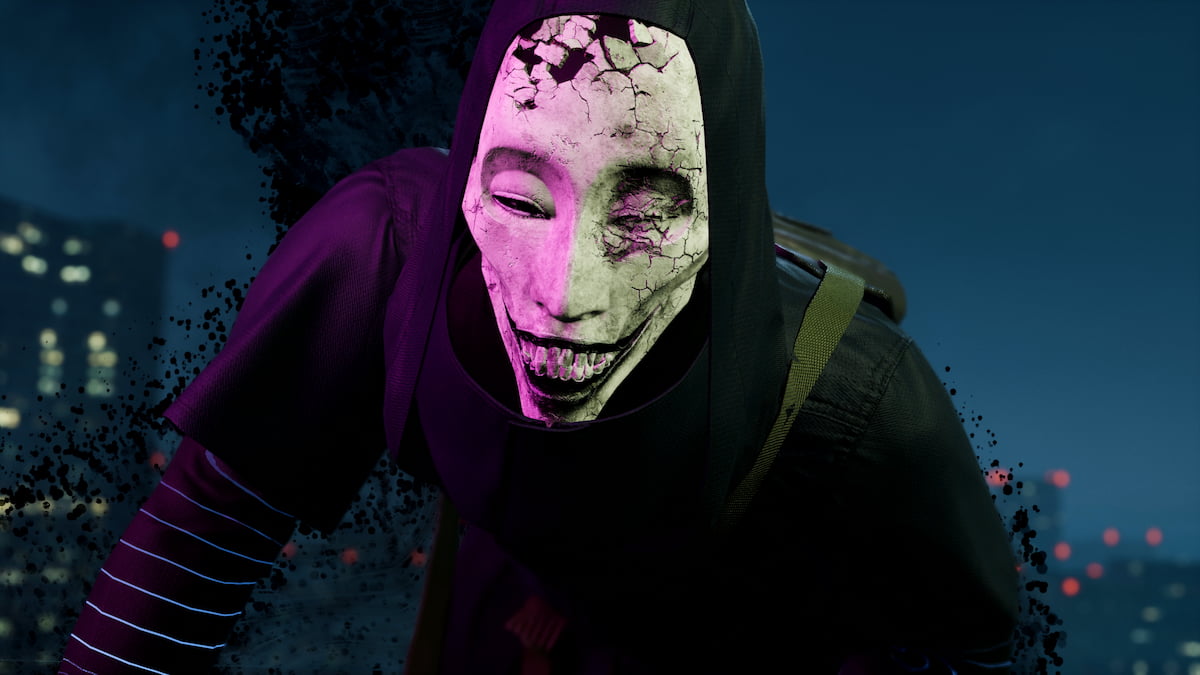
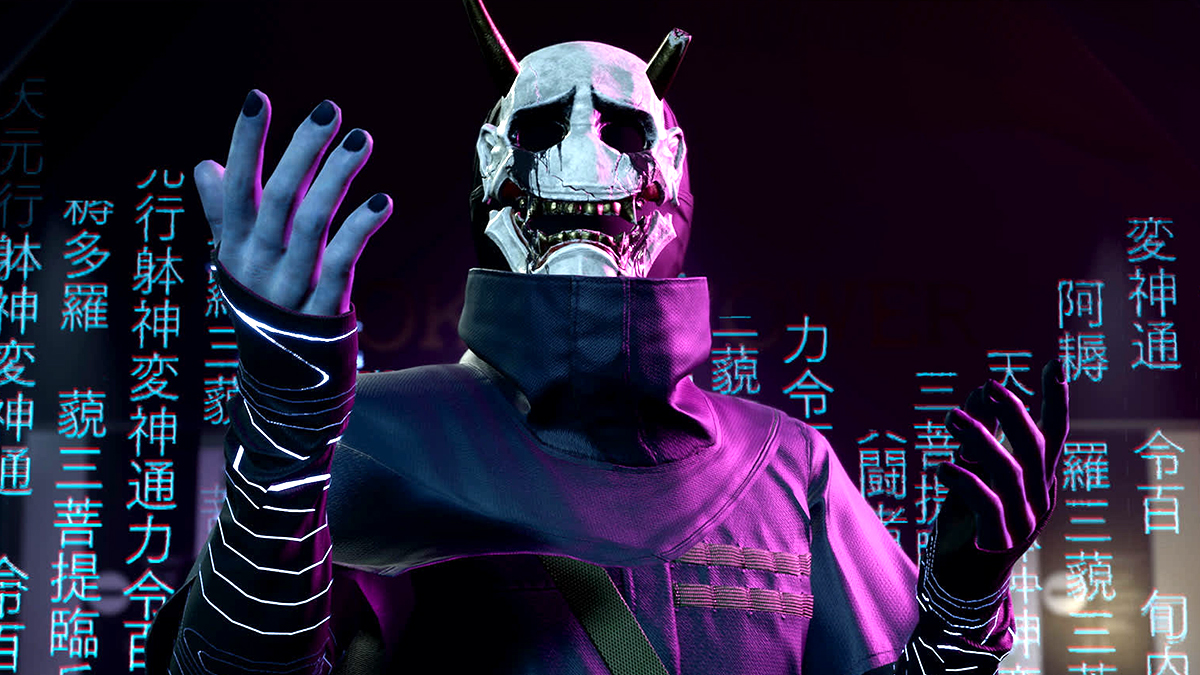
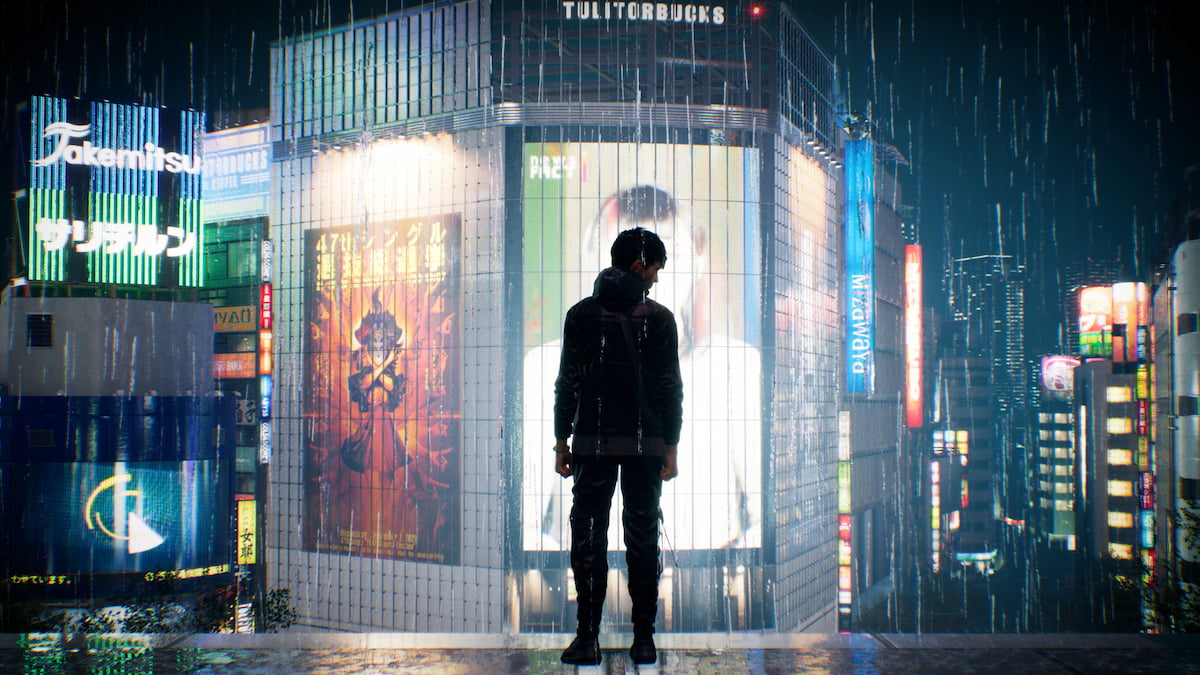
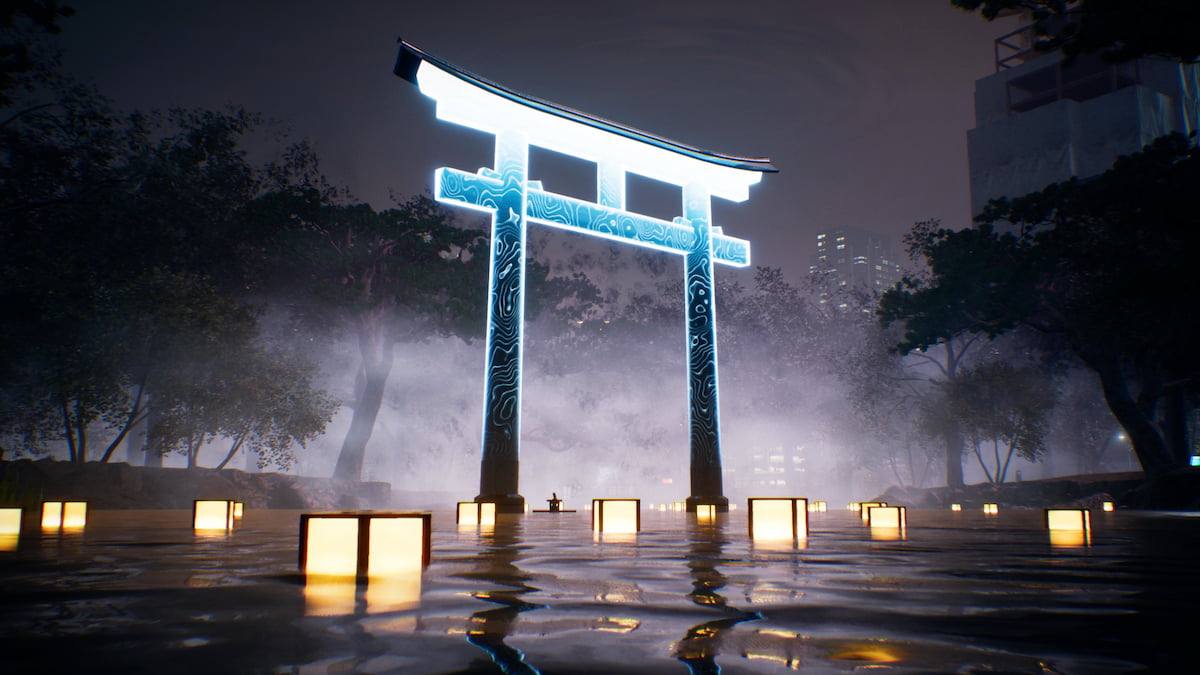
Published: Mar 21, 2022 08:00 am